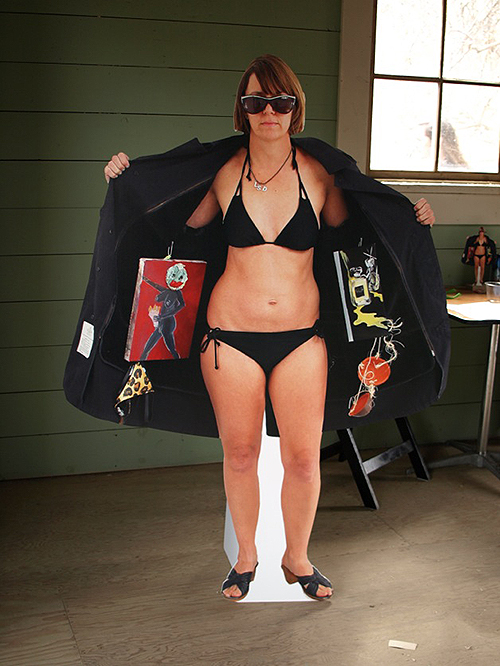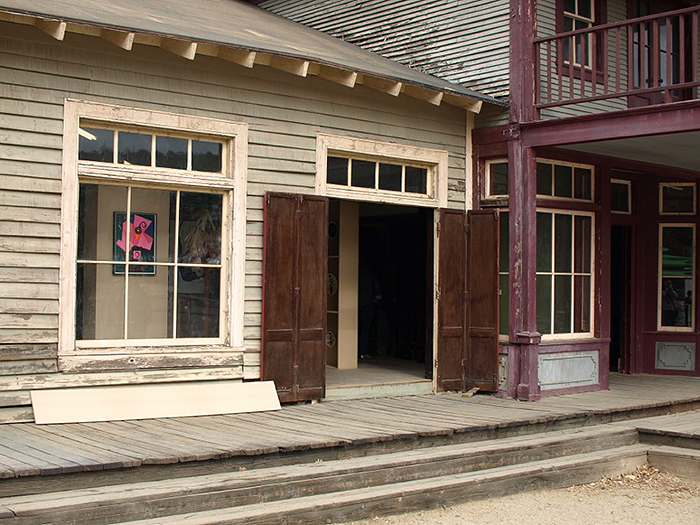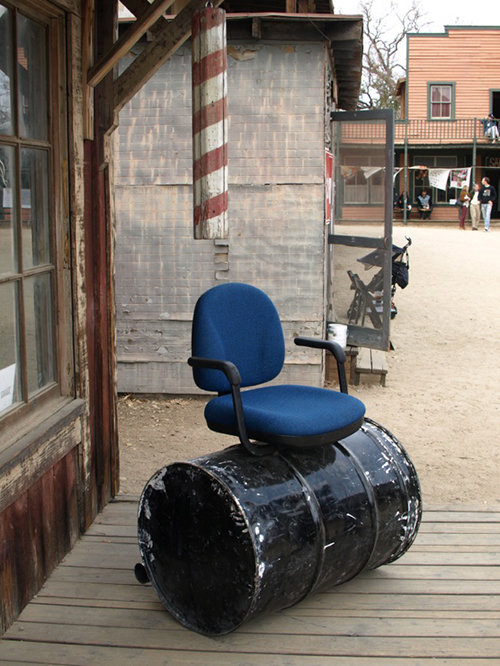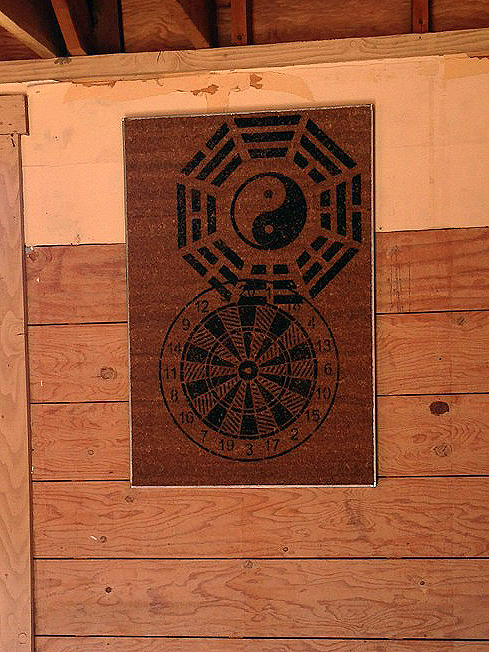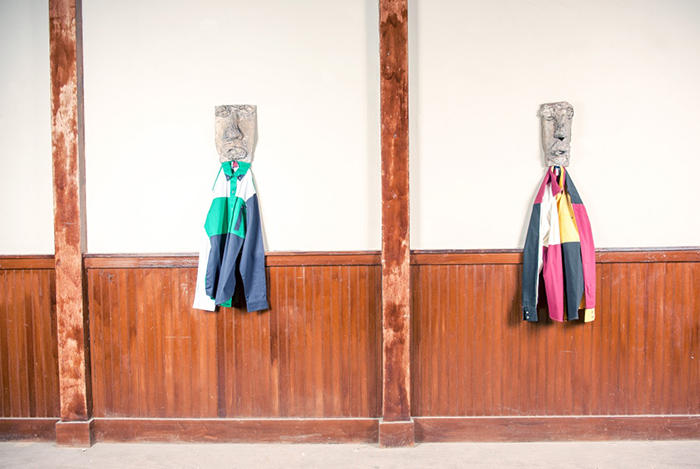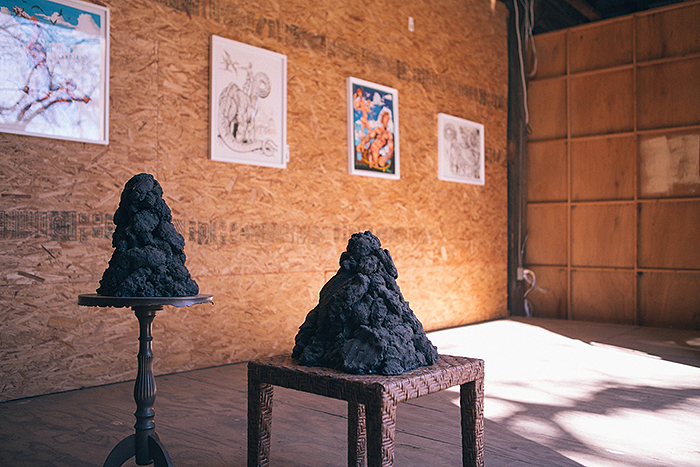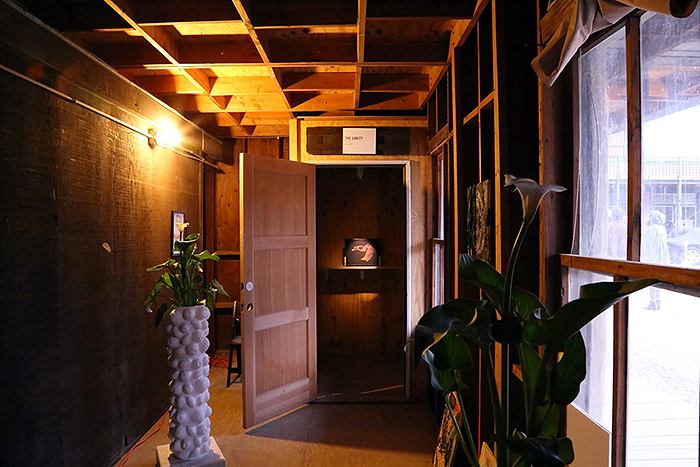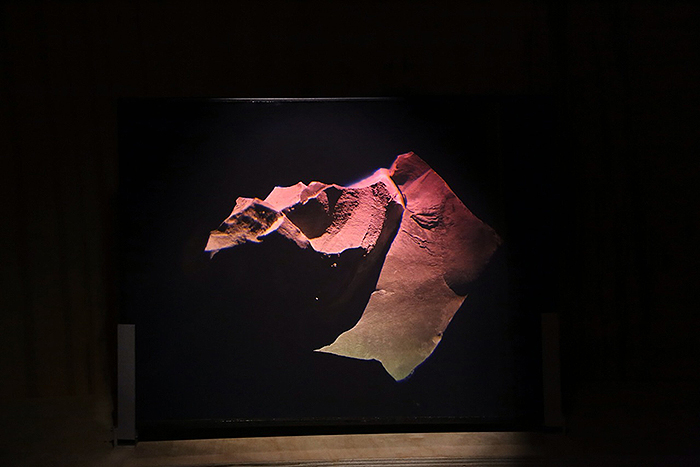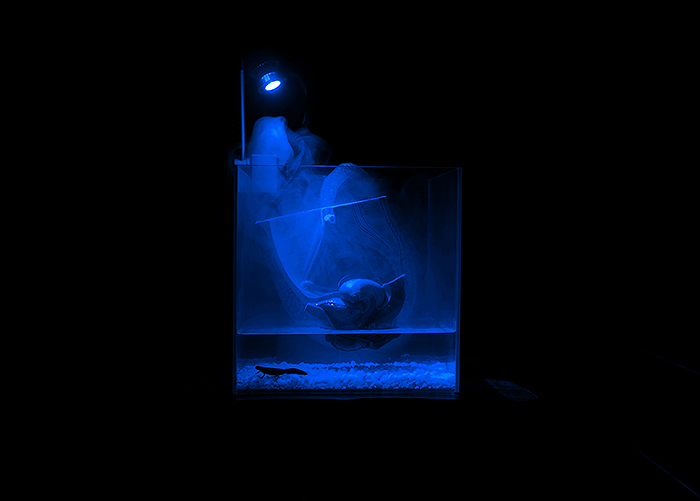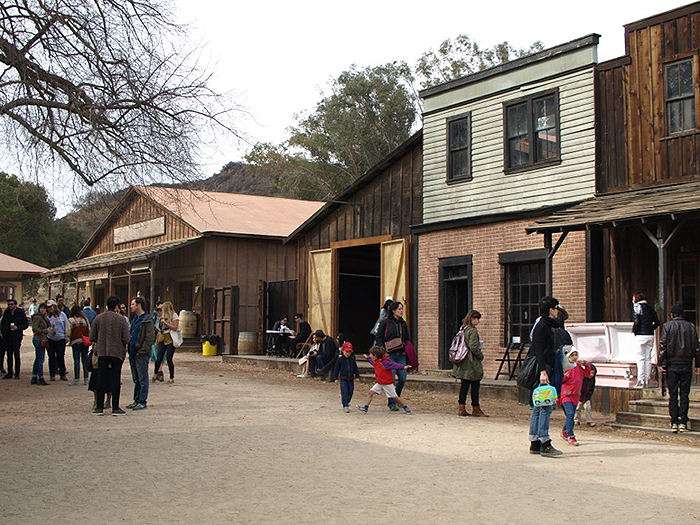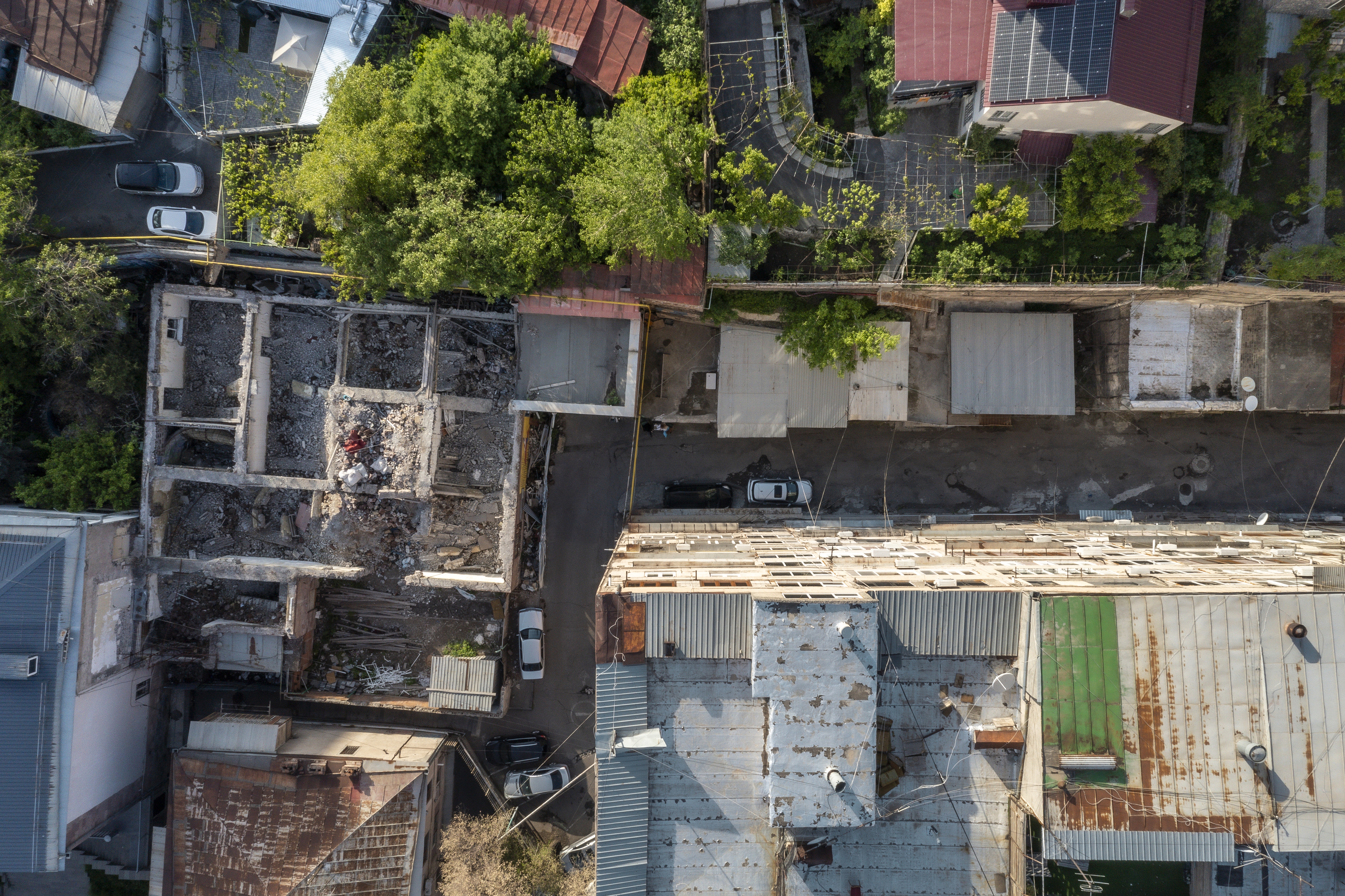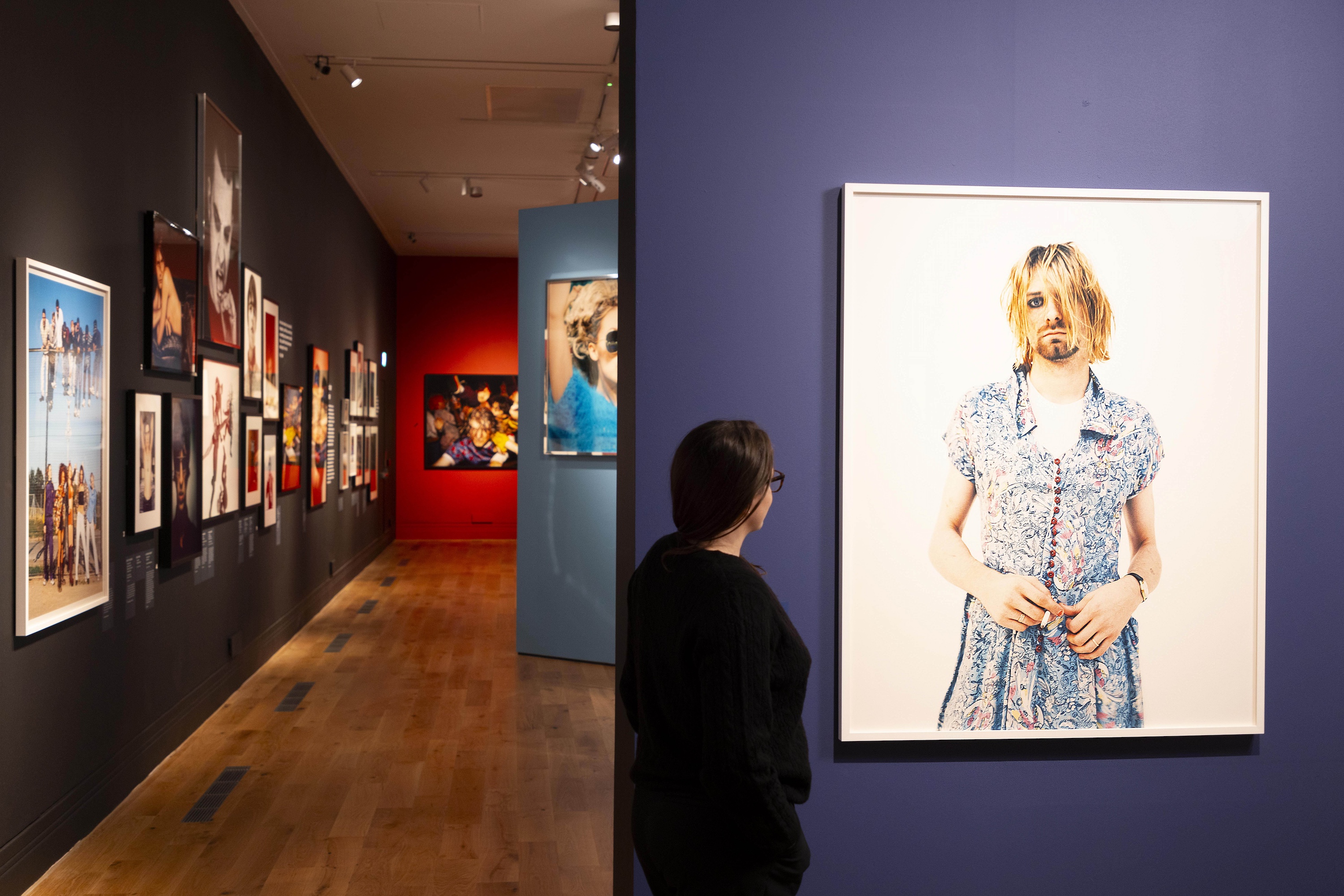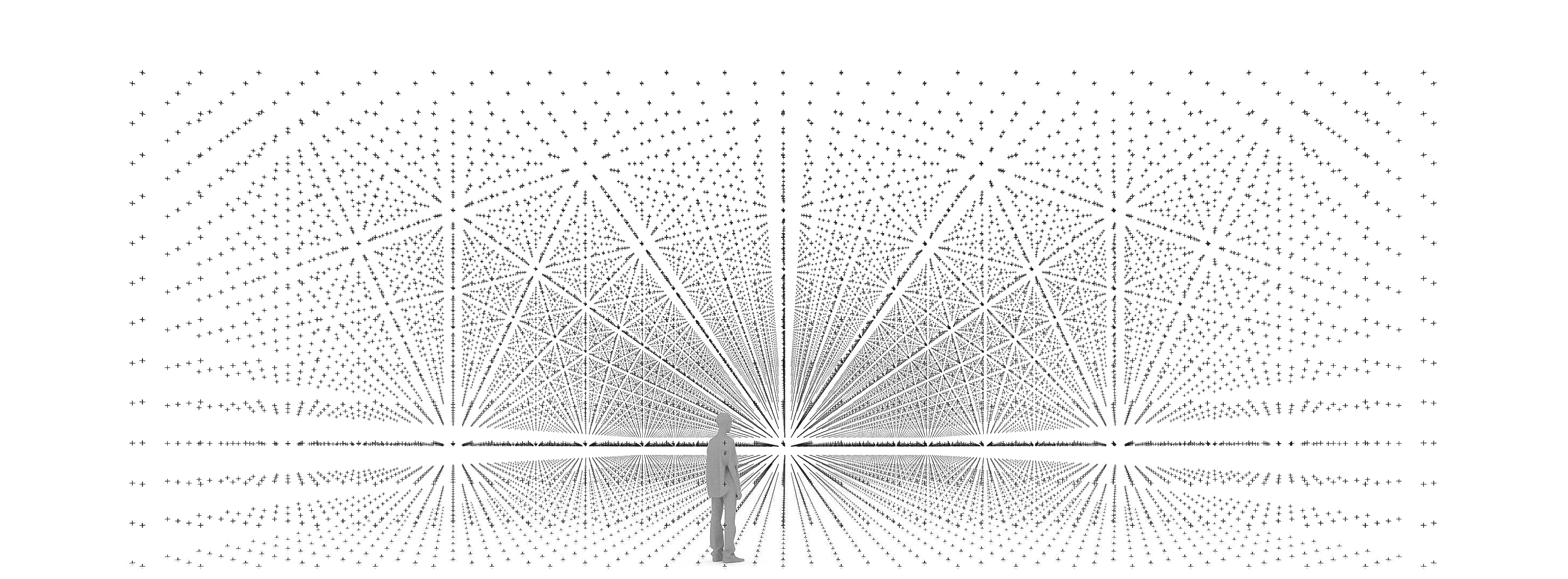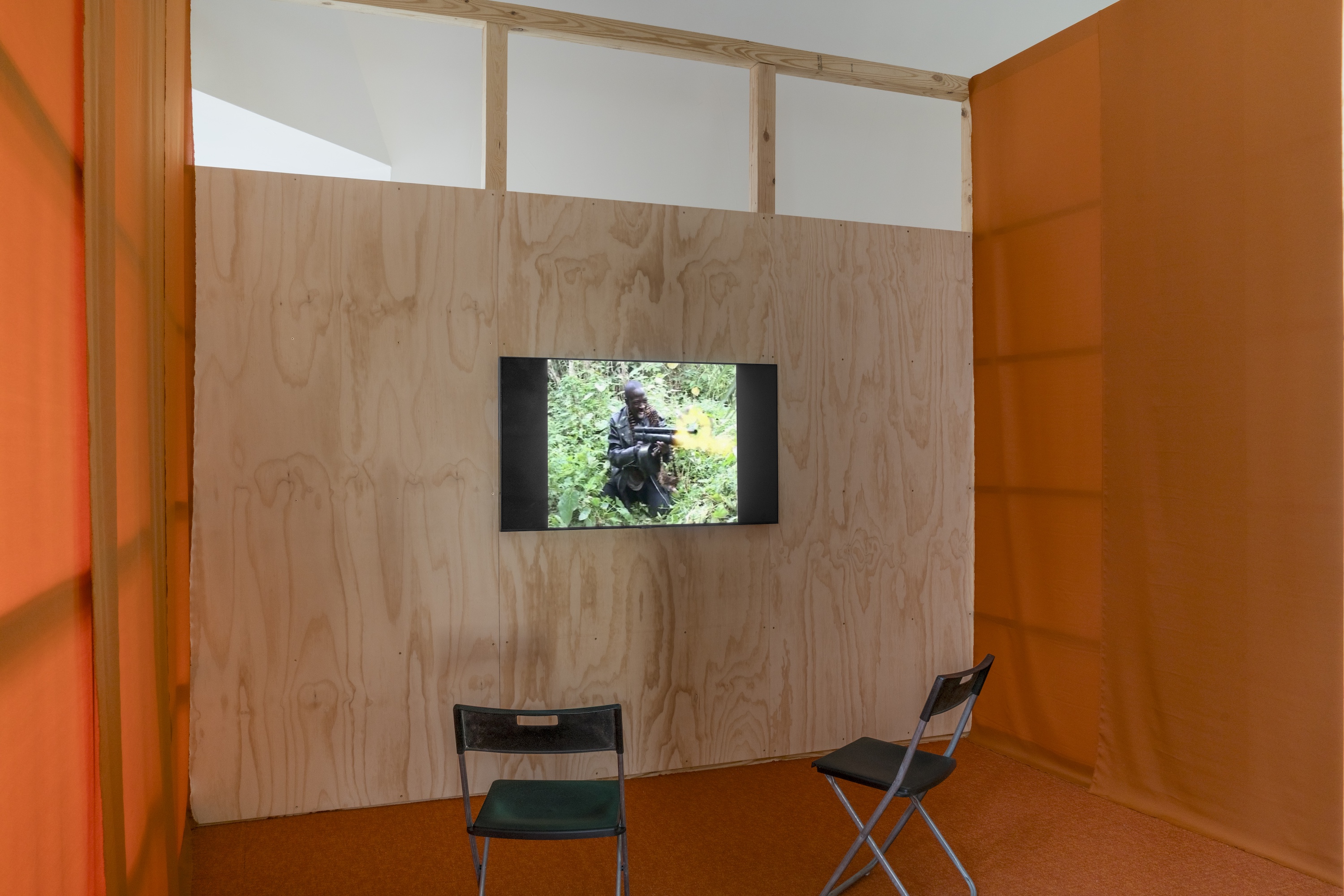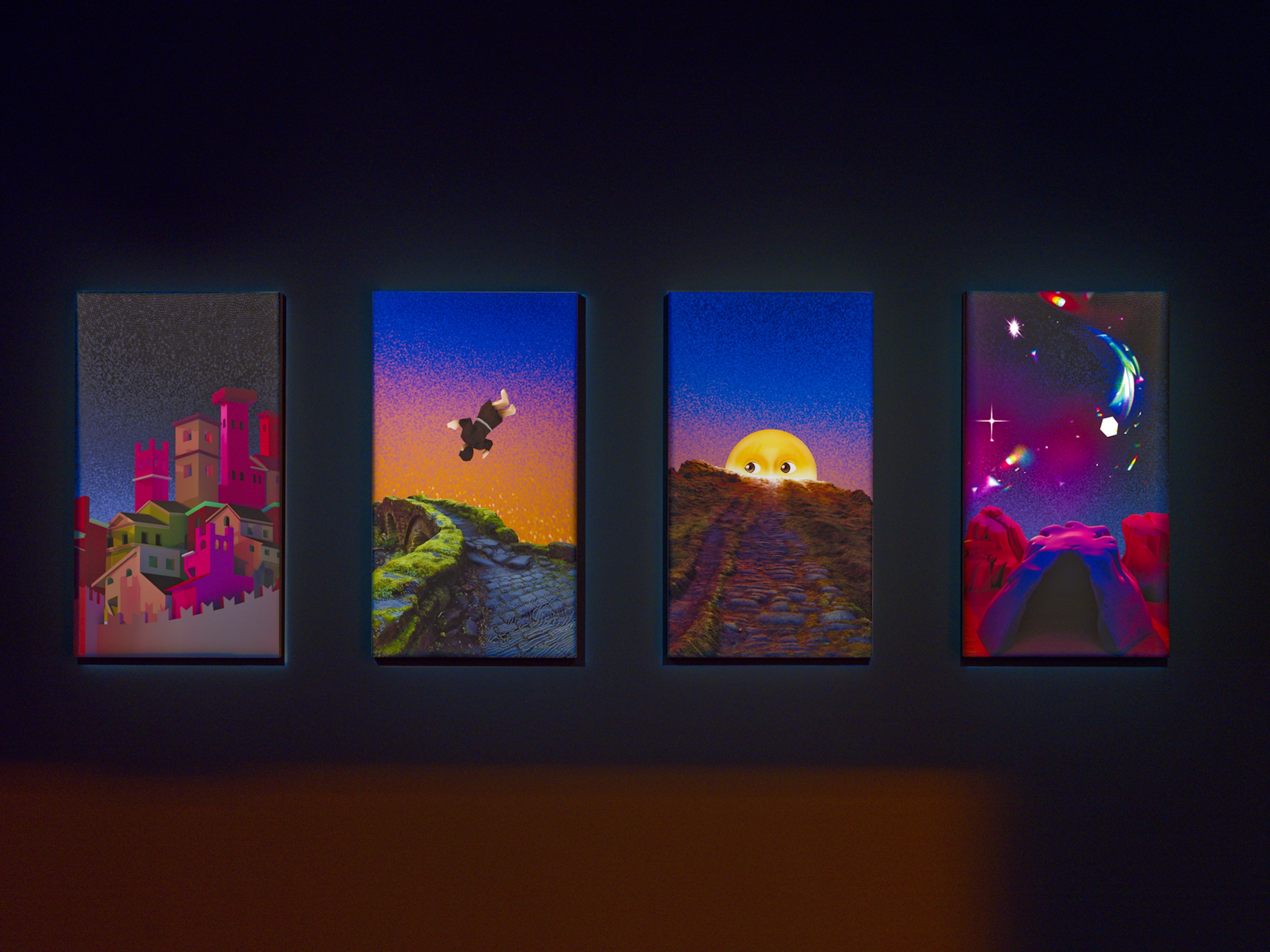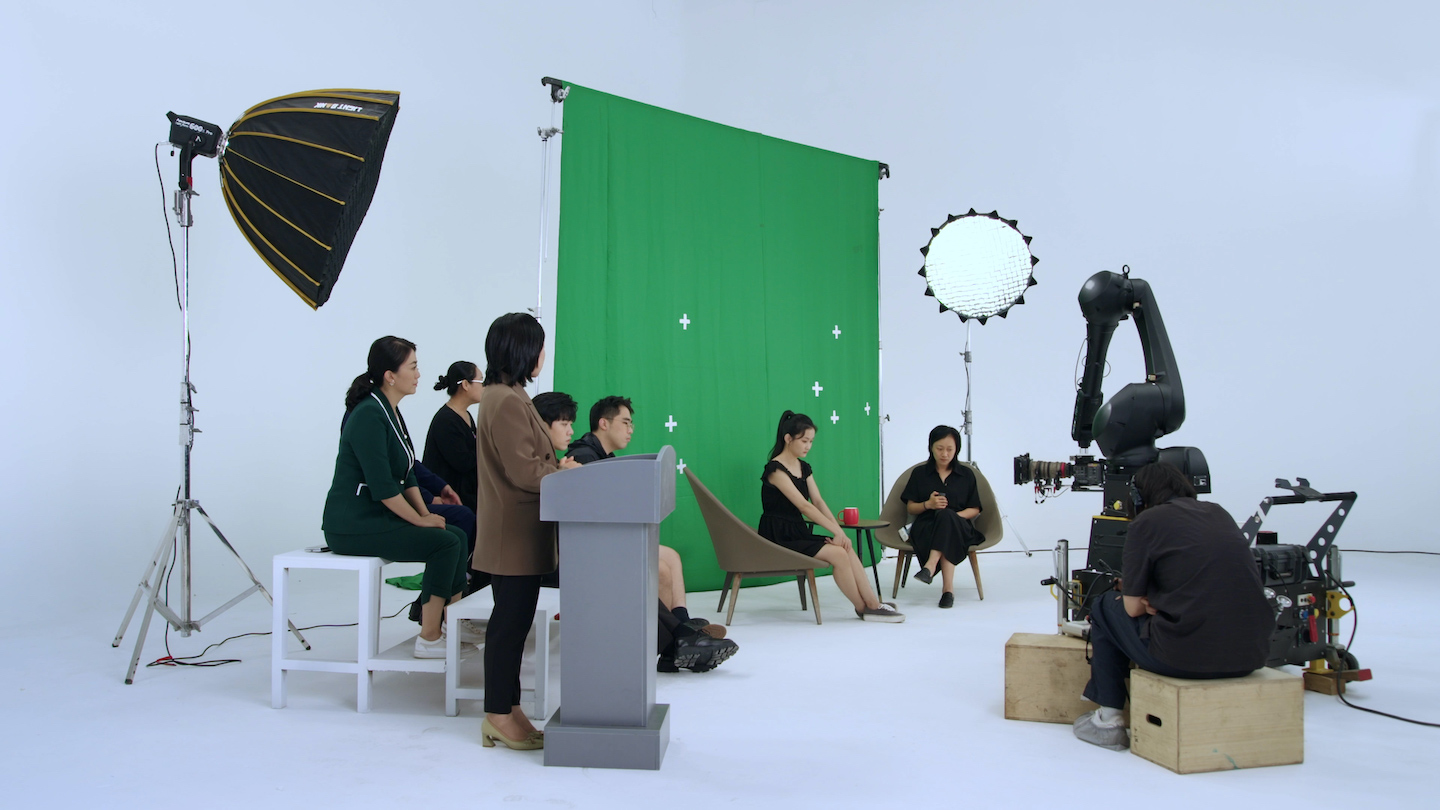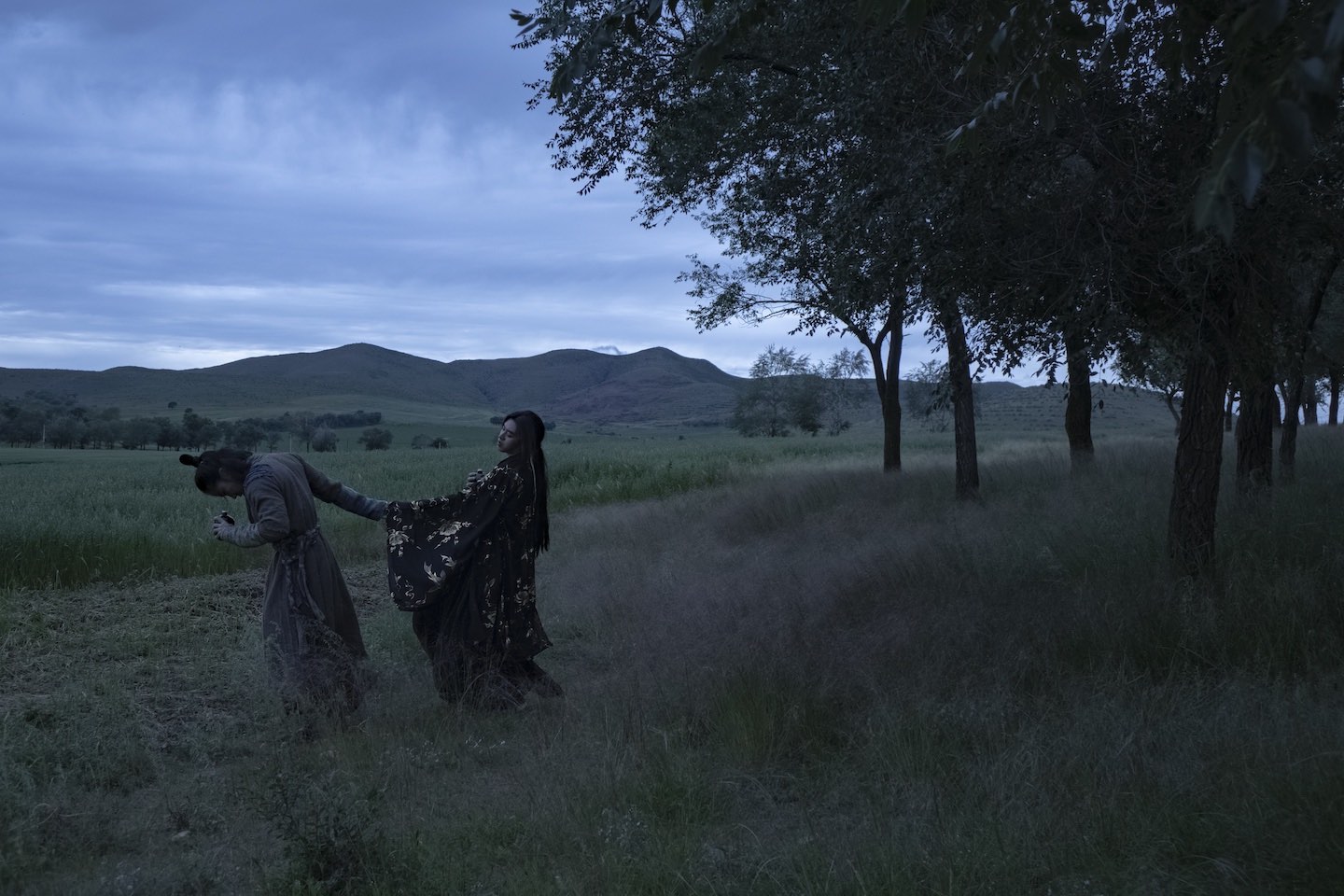February 1–2, 2014
On a recent Saturday morning, while half of Los Angeles’s art community was shelling out ten dollars to park their cars outside the dispiriting aircraft hangar of Art Los Angeles Contemporary, the city’s preeminent art fair, and the other half was trying to find an empty meter downtown for Printed Matter’s enormously popular LA Art Book Fair at MOCA’s Geffen Contemporary, I was heading west on the 101 Freeway, driving fast out of town. After half an hour or so, the houses thinned and gave way to scrubby, dry hills populated by pelotons of cyclists and nervous-looking fire crews.
Paramount Ranch—part of a larger production lot once owned by Paramount Pictures just slightly inland from Malibu—is a Western movie set built in the early 1950s, which is still used for film, television, and advertising. Parts of Gunfight at the OK Corral (1957) were filmed there, and, more recently, the Dr. Quinn, Medicine Woman television series. Never before, however, has the fabricated frontier town been used for a contemporary art fair, which was the somewhat unlikely scene that greeted visitors this particular weekend. The fair was the initiative of Alex Freedman and Robbie Fitzpatrick—founders of Freedman Fitzpatrick, an L.A. gallery barely nine months old—as well as Liz Craft and Pentti Monkkonen, two artists who run the alternative commercial venue Paradise Garage out of their Venice home.
The four of them share the view—not unfairly—that something is lacking in the city’s often complacent and self-regarding art world. Both galleries have made a point of exhibiting artists who are hot tickets in Europe but are little known in California. Unsurprisingly, the invitation-only gallery list at Paramount Ranch included a near-incestuous network of edgy young European spaces. Artist Lucie Stahl, for instance, who has exhibited at both Paradise Garage and Freedman Fitzpatrick, was in attendance manning Pro Choice, the Vienna gallery that she runs with her partner Will Benedict. Frankfurt’s Neue Alte Brücke displayed Benedict’s collages, while the Detroit-based What Pipeline showed three of Stahl’s “Prayer Wheel” sculptures, made from beer cans. Los Angeles artist Charles Irvin, who recently exhibited at Paradise Garage, stole the show at Geneva’s Graff Mourgue D’Algue with his painting Green Demon (2013). Galerie Balice Hertling from Paris exhibited a sculpture by Monkonnen and painted plates by British artist Tom Humphries, who has collaborated with Stahl and exhibited in Freedman Fitzpatrick’s second show.
In short, it was quite the scene, and the fair’s organizers were claiming their places right at the center of it. That is not to say that the art on display belonged to any one identifiable type or genre. Far from it. There was, however, a tangible mood of collegiality between exhibitors, and, amongst the thirty galleries who took part, there were no resoundingly bum notes. (I am not counting the guerrilla inclusion of a toilet-paper tepee, apparently made on the far side of the creek by someone who had been enlisted to help with rigging the fair’s electrical system.)
In exchange for reportedly low entrance fees, exhibitors were each allocated spaces off the Western-style boardwalk: the general store, the Hotel Mud Bug, the sheriff’s station, the jail, the mining supply store, and the barbershop were all occupied. The barn accommodated a film and performance program. Above the saloon, where bartenders from Culver City’s art bar Mandrake served Micheladas and Sarsaparillas, the Düsseldorf-based Off Vendome filled a large room with a thoughtful installation of Zak Kitnick’s Noun’s 1–8 (2014). On four panels of coconut matting, Kitnick printed images of a dartboard overlain with the Feng Shui Bagua Grid—discordant systems for aesthetic arrangement. Between them (and easily overlooked) were four grains of rice in glass pendants—with compass directions of Northeast, Northwest, Southeast, Southwest written on them—that were each hung at corresponding sides of the room.
Gallerists had to be ingenious with their installation methods, since nails were discouraged and most available walls were made of raw wooden lath. On the boardwalk, New York’s nonprofit Artists Space hung out silk scarves—designed by Stewart Uoo, Richard Nicoll & Linder Sterling, and Jean-Michel Wicker—on clotheslines, while two near-naked models in cowboy hats and boots demonstrated how to flaunt them. Many other galleries opted for easily portable art; Supportico Lopez, for example, brought Michael Dean’s suggestively ugly pendants with them from Berlin, one assumes, in a suitcase.
Presumably for economic reasons as well as taste, the selections tended to favor either emerging artists or overlooked older figures, ripe for reappraisal. François Ghebaly Gallery presented an eye-poppingly lurid suite of drawings by the underground filmmaker Mike Kuchar, while a few doors down, Zürich’s HACIENDA showed small, computer-designed enamel paintings by Anton Bruhin. (Bruhin is better known as a Jews harp player.) The often idiosyncratic relationships older artists have with technology cropped up elsewhere, too; in a cupboard big enough for one visitor at a time, L.A. gallery The Vanity presented a single glowing hologram of a rock by John Kaufman, an early 1990s innovator of the medium.
The cult Japanese airbrush artist and designer Hajime Sorayama has made many sexually explicit paintings that, even in this day and age, are probably beyond redemption. Tokyo’s NANZUKA exhibited four of his less prurient, more intellectually engaging pictures of sexy lady robots. In an odd instance of contextual chicanery, Sorayama was actually invited to participate in Paramount Ranch by the self-proclaimed “independent curatorial platform” Several Flames, run by KALEIDOSCOPE chief Alessio Ascari and gallerist Federico Vavassori, both hailing from Milan. The other half of Several Flames’ contribution consisted of an astonishing installation by the young Los Angeles-based artist Max Hooper Schneider who is represented, as it happens, by Vavassori. (One wonders how the curators interpret the term “independent.”) The highlight of the booth—indeed, the highlight of the fair—was Schneider’s blue-lit, glass tank spilling mist that intermittently cleared to reveal a medical model of a woman’s pelvis inhabited by live newts.
Thematic conversations between the obsolete and the futuristic, the artificial and the real, the fantastic and the mundane made Paramount Ranch, at times, feel more like a biennial than an art fair. (And what is the practical difference anyway these days between a mediocre biennial and a good art fair?) Whether Freedman, Fitzpatrick, Craft, and Monkkonen have hit upon a sustainable model, however, is yet to be seen. The park rangers who broke up Scott and Tyson Reeder’s Drunk vs. Stoned (2014) soccer match (held under the joint auspices of 356 Mission and Ooga Booga from Los Angeles)—and who fingered their walkie-talkies uncomfortably as Tall Paul of the local band PCP howled into his microphone while lying prostrate in the dirt—might think twice next year about letting Paramount Ranch take place at Paramount Ranch.
